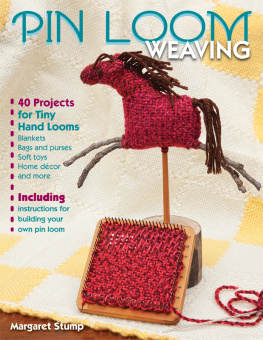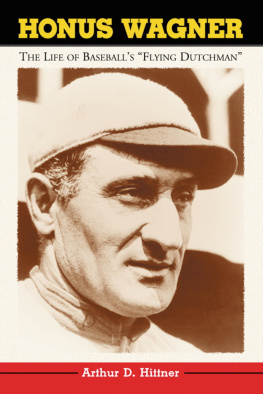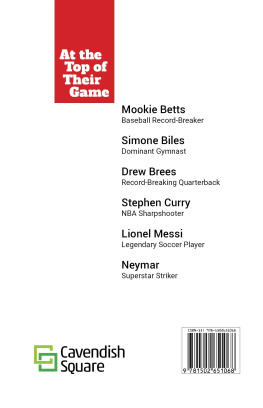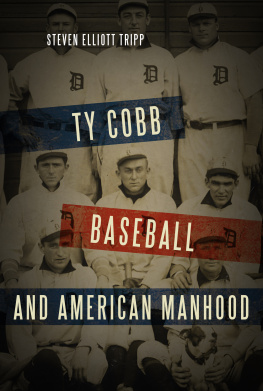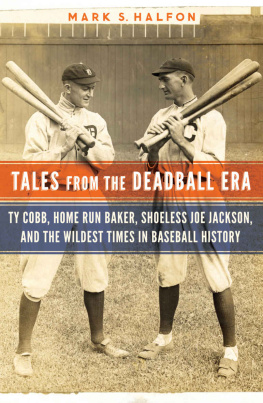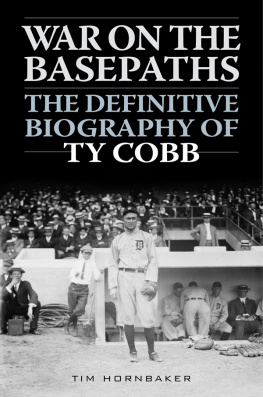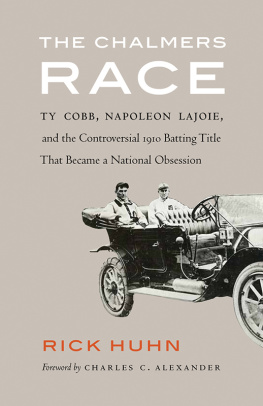ALSO BY AL STUMP
My Life in Baseball: The True Record
(by Ty Cobb, with Al Stump)
Education of a Golfer
(by Sam Snead, with Al Stump)
The Champion Breed
Champions Against Odds
The Official 1984 Olympic Guide Book
COBB
A Biography
by Al Stump
with a foreword by Jimmie Reese
Algonquin Books of Chapel Hill
1994
For their support and assistance in numerous ways, I want to thank:
From baseballJimmie Reese; Lew Matlin of the Detroit Tigers; Tigers manager Sparky Anderson; Charlie Gehringer; Casey Stengel; Fred Haney; Frank Lefty ODoul; Tris Speaker; Davy Jones; Herold Muddy Ruel; Branch Rickey; Mickey Cochrane; Heinie Manush; Ted Williams; Joe DiMaggio.
Also, Buddy Dyer and Wayne Wilson at the Amateur Athletic Foundation in Los Angeles, the Baseball Museum and Hall of Fame at Cooperstown, N.Y., the Burton Historical Collection at the Detroit Public Library, the Detroit News, the Detroit Free Press, the Los Angeles Times.
Also, at the Los Angeles TimesJim Murray, Bill Dwyer, Earl Gustkey, and Larry Stewart.
And, Will Fowler; Gene Fowler; Elmer Griffin; Bill Henry; Arthur Sohikian; A. C. Ginn; Joe Cunningham; John Schouweiler; Ron Sheltonand, from Sheltons office, Kellie Davis and Karin FreudRobert Wuhl; Ron Birnbach.
And finally, for long-term help and support, Col. Barney Oldfield; Grace Buscher Guslander; Dr. Alan Herman; the WatermansSherry, Bobby, and Kylie; Shannon McVicar; Robyn Harper; my editor, Louis D. Rubin, Jr.; my agent, Michael Siegel; and for their helpful efforts, Jennifer Decker and my wife, Jo Mosher.
Published by
ALGONQUIN BOOKS OF CHAPEL HILL
Post Office Box 2225
Chapel Hill, North Carolina 27515-2225
a division of
WORKMAN PUBLISHING COMPANY, INC.
225 Varick Street
New York, New York 10014
1994 by Al Stump. All rights reserved.
Printed simultaneously in Canada by Thomas Allen & Son Limited.
Design by Eddy Herch.
LIBRARY OF CONGRESS CATALOGING-IN-PUBLICATION DATA IS AVAILABLE
eISBN 9781565127173
To my wife, Jo
The honorable and honest Cobb blood never will be subjected. It bows to no wrong nor to any man the Cobbs have their ideals and God help anyone who strives to bend a Cobb away from such.
Ty Cobb, 1927
Ty Cobb, the greatest of all ballplayersand an absolute shit.
Ernest Hemingway, 1948
ILLUSTRATIONS
FOREWORD
BY JIMMIE REESE
Babe Ruth had it right about his greatest rival, Ty Cobb, when he told me, Cobbs the meanest, toughestwho ever walked onto a field. He gave everybody hellme includedbecause he couldnt stand to lose. All he wanted was to beat you on Saturday and twice on Sunday. Otherwise he was miserable.
Im a former New York Yankee infielder and, at age ninety-three, the oldest surviving major-leaguer in the Association of Professional Ballplayers. I serve now as a coach with the California Angels. Not many are left who saw Ty Cobb on the rampage in the years 190528. None of us can ever forget him. At bat, his eyes blazed at pitchers. He was the only ballplayer I can remember who started each game with a snarl and ended it the same way. What a wildcat he was. Cobb was so shrewd and talented in every aspect of the game that he didnt need to make baseball a war, but he was always in a battle. In a day when the game was already a tough enough fight, Cobb added a new dimension. Hed force errors time and again by his wild offensive play, such as stealing home base against a veteran battery. We called him Jack Dempsey in spikes. The story is quite true that Cobb filed his spikes to razor sharpness to first intimidate opponents and then gore them. I dont know how he stood twenty-four years of punishment from the players who retaliated. Call it another Cobb incredible.
Heres a typical story about him: One day a Yankee rookie pitcher threw a beanball at Cobb and it nicked his ear. Big Ty didnt say a thing then, but next time up he drag-bunted down the first-base line. The pitcher went to handle the bunt, and the next thing he knew he was flying through the air, halfway knocked out. Cobbs spikes had actually cut the pants and part of the shirt right off him. The man was left bloody, ragged, and permanently scarred. Lou Gehrig of the Yankees, a sweet guy, became angry enough to say, Cobb is about as welcome in American League parks as a rattlesnake. Another true fact was that far fewer beaners and dusters were aimed at Cobb than at any other hitter, because of fear. I cant tell you where he studied psychology, but he was a master at it.
Babe Ruth, my roommate on the Yankees, once went on a hunting trip with Cobb, and Ty wouldnt share the same tent with Babe. He refused to get friendly with anyone on another club even while relaxing in the off-season.
Babe, of course, became baseballs biggest box-office figure; Cobb was growing old when Ruths home-run output had the country going crazy. Ruth was all power and Cobb was mostly science, with some power added. They broke fairly even in statistics. Ty Cobbs .367 lifetime batting average is still the best ever recorded, whereas Babe averaged .342. Cobb remains tops today in runs scored, with 2,244 to Babes 2,174. Ruth edged over Cobb in slugging average, runs batted in, and by far in homers. So the spoils were fairly even. Which of them was the greatest player of all time? Who contributed most to his team? Theyll be arguing that one well into the next century. I guess you know whom I favorthe one they never called a rattlesnake in the dugouts, the one with a big belly. But what a wonderful player was the Detroit Tiger, as youll learn in reading this book by a savvy baseball writer, Al Stump, who knew Ty Cobb well.
Editors Note: Jimmie Reese, who wrote this foreword early in 1994, died while this book was in the final stages of production in July 1994.
PREFACE
Ty Cobb always was a taciturn man; he grew more and more reclusive with advancing age, and upon reaching seventy-three in 1960 he was holed up in a pair of dreary homes worth $5 million in Atherton, California, and at Lake Tahoe, Nevada. Baseballs greatest, most thoroughly disliked player of this century lived without electric lights (candles only in one of his hideouts) and without telephone service (in both). The multimillionaire had been estranged from his five children decades earlier. Two wives had charged extreme cruelty in divorces, each deposing that the Georgia Peach was uncontrollable when crossed or drunk, or whenever he was reminded of how he had regularly bloodied opponents with his spikesCobbs kiss, as one victim, Frank Home Run Baker, called his slashing.
Cobb chose me to ghostwrite his memoirs early in 1960 largely on the recommendation of New York editor, biographer, and Hollywood screenwriter Gene Fowler, and of Grantland Rice, dean of sportswriters. He had fired several previous ghosts who had displeased him in one way or another. Various other autobiographical projects had fallen through.
As a U.S. Navy combat correspondent in World War II, I had met General Douglas MacArthur. Take the writing job, counseled MacArthur, an old West Point shortstop, who was Cobbs number-one fan and close friend. The world has known only one like him.
So began a turbulent period of close to one year with the most brilliant player who ever lived. Cobbs competitiveness and truculence remain unmatched in American sport. His compulsion to win was awesome. As Paul Gallico wrote, There was a burning rage in Ty Cobb never far from the surface. He brought a fury, cruelty and a viciousness heretofore unencountered even in the roughest kind of play. Gallico, a longtime sports editor at the New York
Next page

